Genesee Country Village ~ Civil War Day
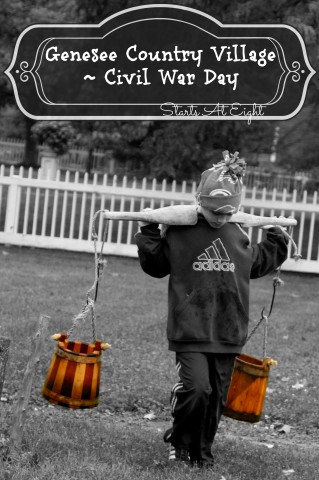
I am so excited to share some of the photos and little facts we learned from Civil War Day at Genesee Country Village! The kids enjoyed the Fall Sampler there so much this year that they couldn’t wait to get back for more 1860s fun and learning! We had 4 hours, and more stations than we could possibly get to! At each station we had so much to learn and many questions to ask. One of the things we loved best was being able to participate in so many hands on activities, not just standing around listening, and asking questions the whole time.
Laundry During The Civil War
During the Civil War 4 ladies would travel with each company of 100 soldiers. Their job was to do the soldiers’ laundry. Given that they were paid directly, in cash, and did not have to wait to be paid by the government, this was considered a good job. Given the knowledge that they had to carry 80 buckets of water to do just one basket load of laundry, I am not so sure I would love the job!
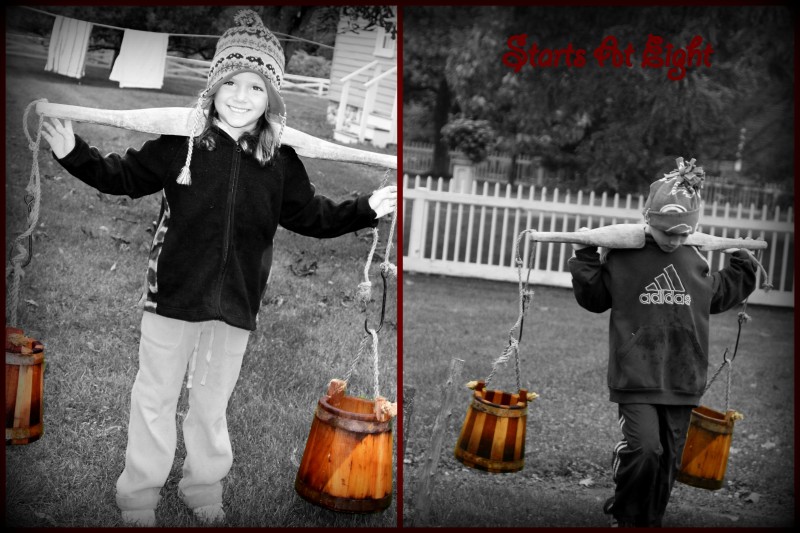
The soap was made of ash and lard. I was surprised to learn that to get out an oil stain, you can use something like butter which has oil in it. The ladies used wash boards to scrub the clothes in a soapy water basin, then they used a large wooden fork to rinse the laundry in a clean water basin. Finally, they hung all the laundry out on the line to dry.
Tin Smith Shop Circa 1840
While watching the tin smith in his shop we learned that the match was invented in the 1840s, thus the fact that he was using one to light his lantern would be time period appropriate. They made their lanterns out of thin sheets of iron that were covered in tin. The reason they covered the iron in tin is because the tin did not rust like the iron. While we wouldn’t have the time (or patience) to do a whole lantern in their tin punch style, each of the kids chose and punched their own decorative ornaments.
Civil War Spy Balloons
During the Civil War balloons were used to “spy” on the other side. Filling a balloon was done by making hydrogen gas (which was discovered in 1776). You need sulfuric acid and aluminum, iron, or some other reactive metal. Given that the density of Hydrogen is less than air, the filled balloon will rise. It took 2 tons of iron shavings (usually obtained from the Navy shipyards), and many large jugs of sulfuric acid to produce 3200 cubic feet of Hydrogen. That plus 2 and a half hours and you had a filled balloon!
The tanker on the right side of the photo below was lined with copper to withstand the sulfuric acid, and was used to create the Hydrogen gas that filled the balloons. It was mostly the Union who had these balloons. It is amazing that there were no casualties from these balloons – none were shot down, none deflated and crashed, etc.
Civil War Artillery
We didn’t get to see cannons fired, but we spent some time with some Civil War soldiers who were happy to show and tell us how some of their weapons were fired. A good infantry soldier could fire 3 rounds in 1 minute with his rifle and could carry 40 rounds at a time in his pouch. A Yankee rifle loads 14 rounds at a time and can fire all of them in 1 minute!
Letter Writing During The Civil War
One of the activities that I was surprised the kids really enjoyed was writing letters to a soldier. On the table were samples of the handwriting used, and the task was to write a letter to a friend/loved one that was away due to the war. While Chloe focused her energy on trying to imitate the letter styles, Ava and Jayden wrote their own unique letters.
Ava very intently sat and wrote at the table and insisted on going to the folding and stamp station on her own. When I got to read her letter later I couldn’t help but laugh, and wonder what ideas we were planting in her head about war!
Here is what she wrote:
To the SW
I hopp you kild some people.
Translation:
To the Civil War Soldier
I hope you killed some people.
At least Jayden went lighter and decided to write a letter to me (his mom), who was with an infantry unit to do their laundry. 🙂
The image below is a representation of what they called “cross-writing”. towards the end of the war when paper was scarce, this was a way to reuse existing paper. They would also write in pencil, instead of with a quill pen so that the recipient could erase the letter after reading it, and then reuse the paper.
Drum & Fife Core
Last but certainly not least we were treated to the sounds of a drum and fife core. We learned that the Civil War drum core was selected from the soldier age pool (not young boys). The average age for NYS was 18. The reason for this age selection was because they had duties like soldiers, such as night watch. The drum core played music for many reasons, some of which were to keep cadence (step), funerals, to keep moral high and many more.
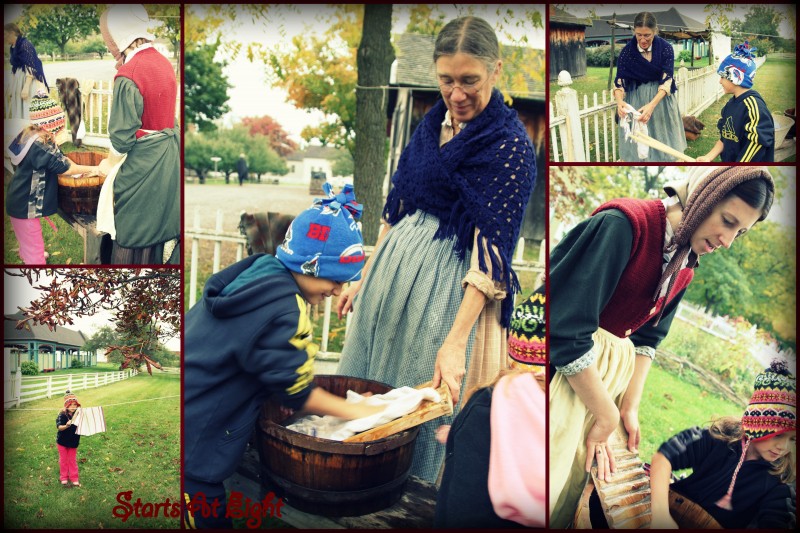
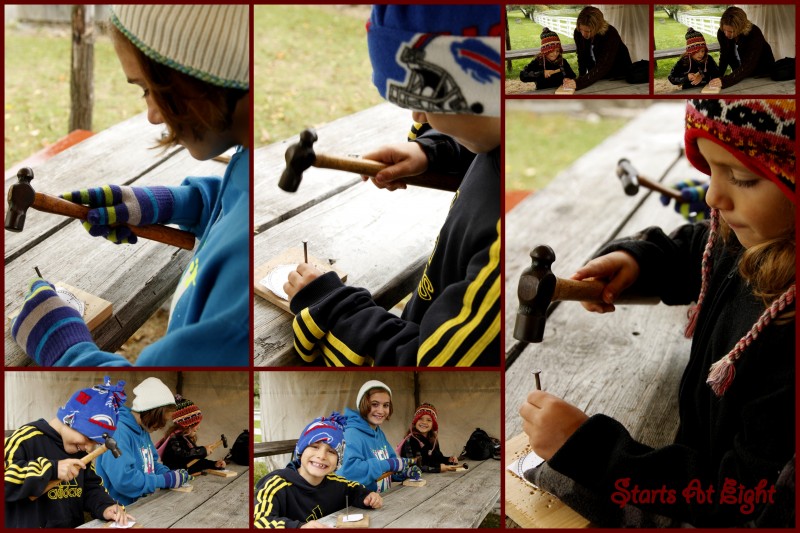
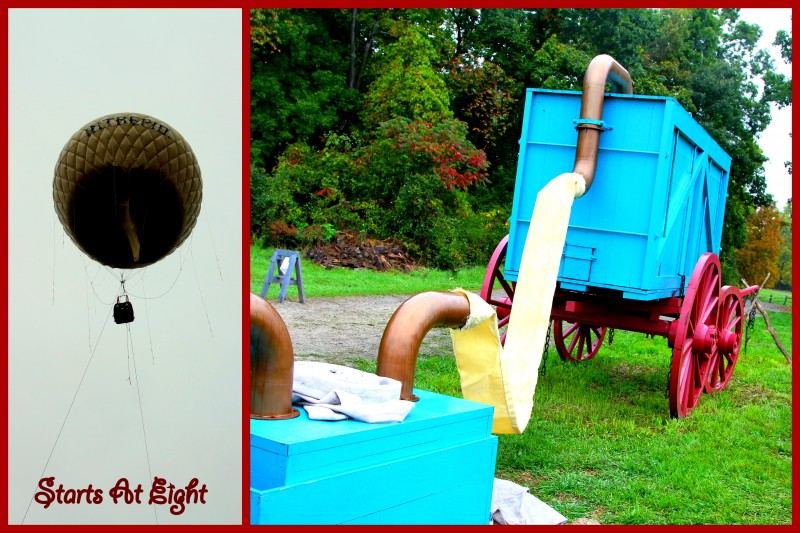
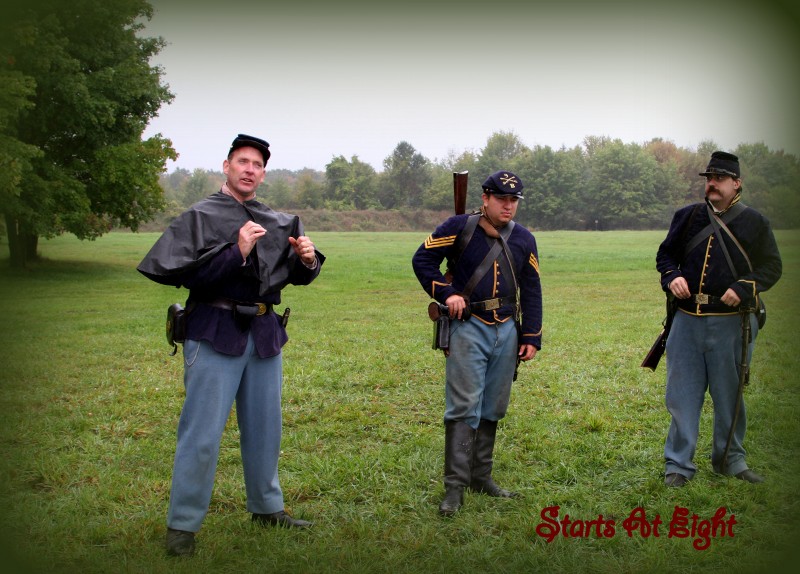
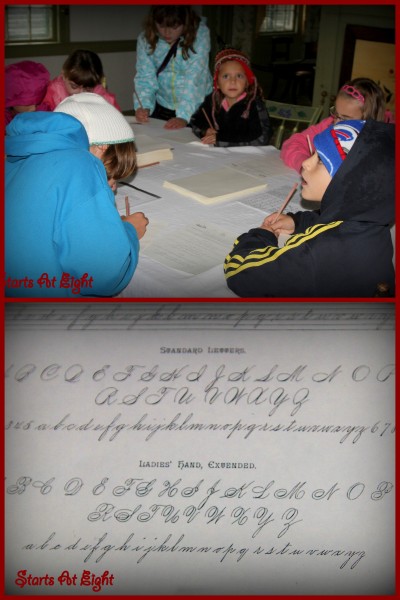
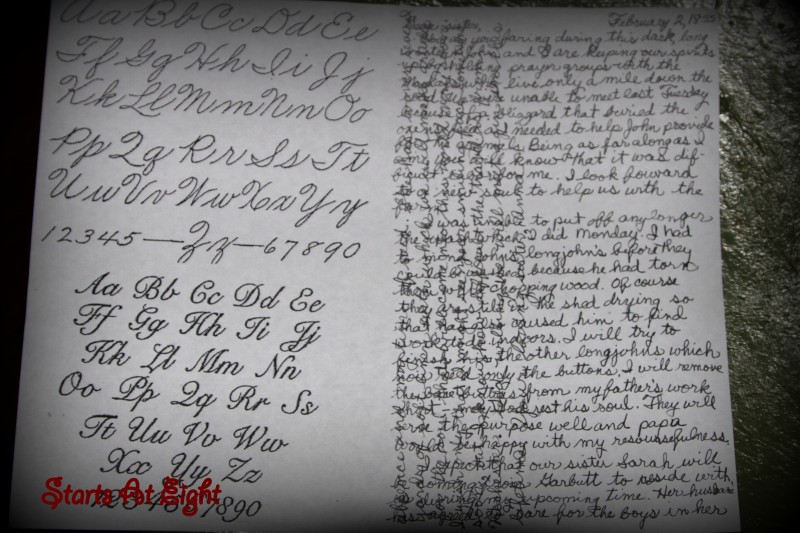
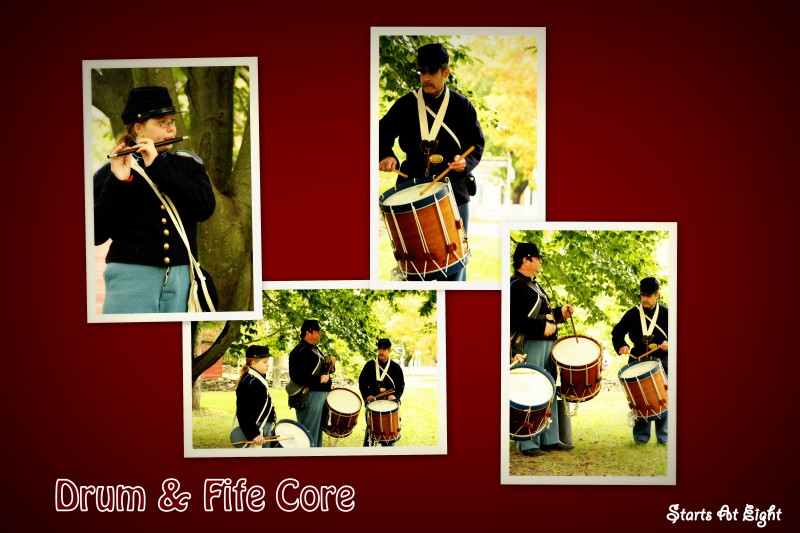



October 9, 2012 @ 1:22 pm
This is so cool, I love the pictures
October 13, 2012 @ 4:29 pm
WHAT A GREAT TRIP, I CAN SEE WHY THE CHILDREN WOULD LIKE TO VISIT AGAIN. Great hands on experience. Love the sounds of the drum and fife core, so many memories and feelings about what people went through, brings a tear to my eye
October 17, 2012 @ 9:54 pm
That sounds like a fantastic day! I love the letter your daughter wrote, lol. I’d never heard of cross writing – I wonder if it was very hard to read.
October 18, 2012 @ 9:59 am
Cindy, the cross writing seemed incredibly hard to read! I even commented to the woman there about how difficult it was. But she said they really didn’t have any other means by the end of the war.